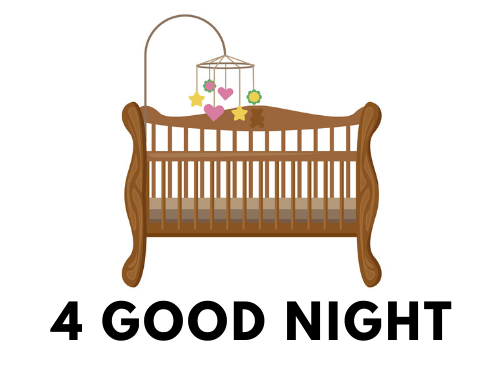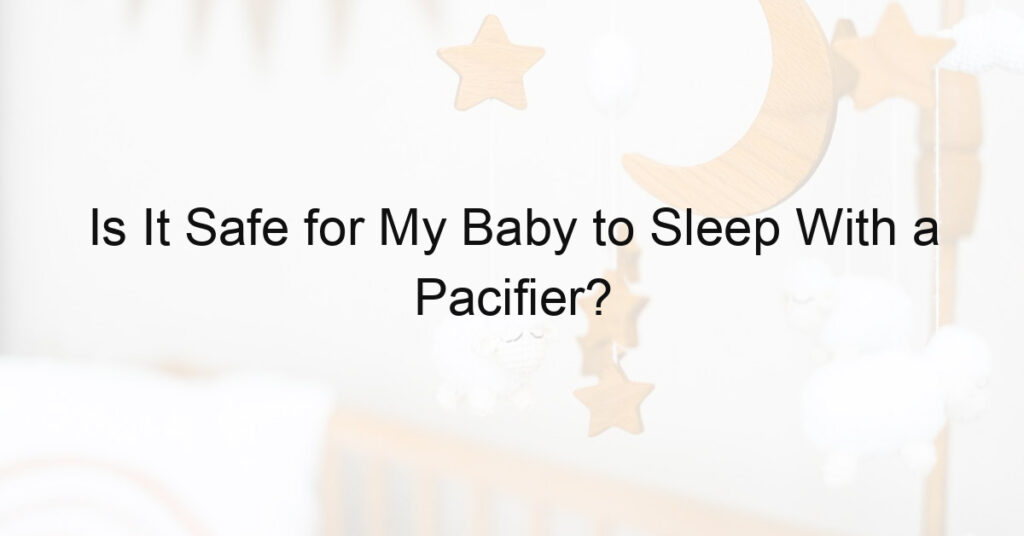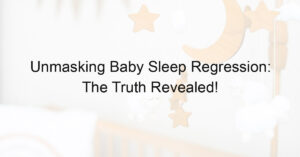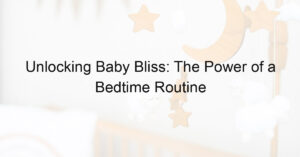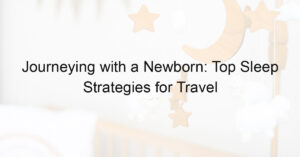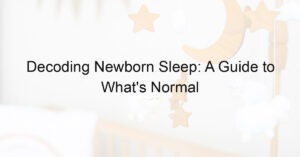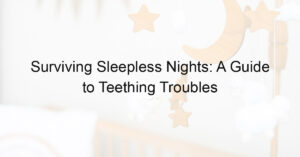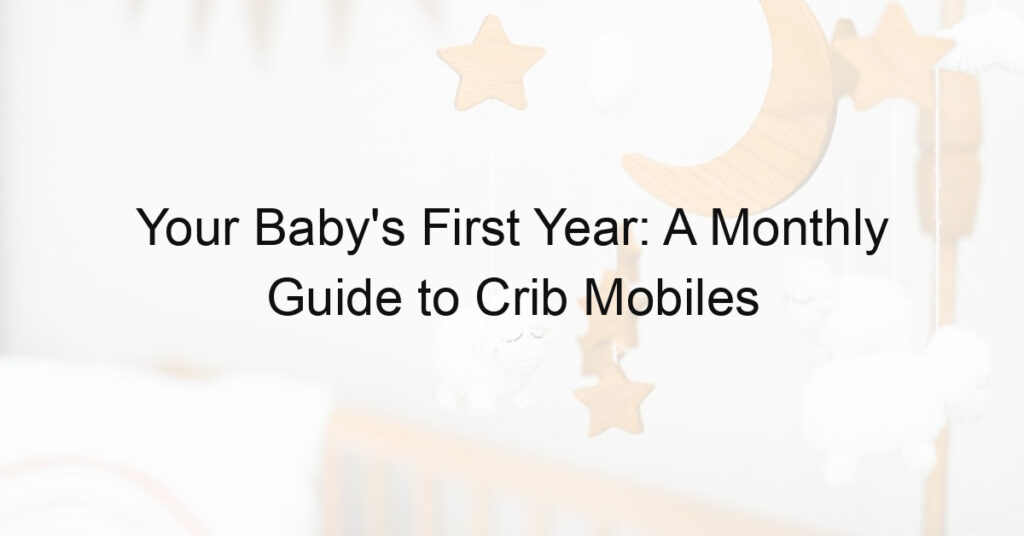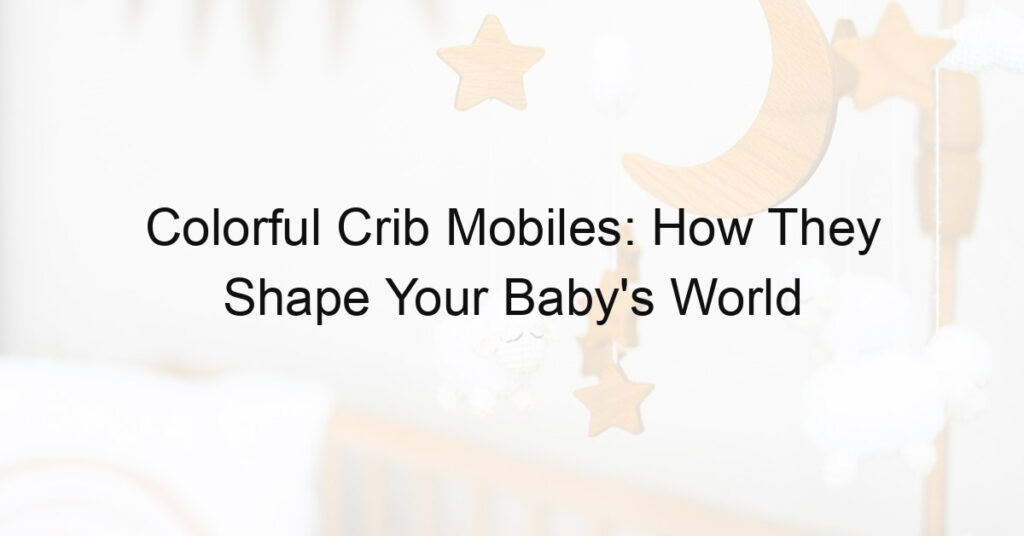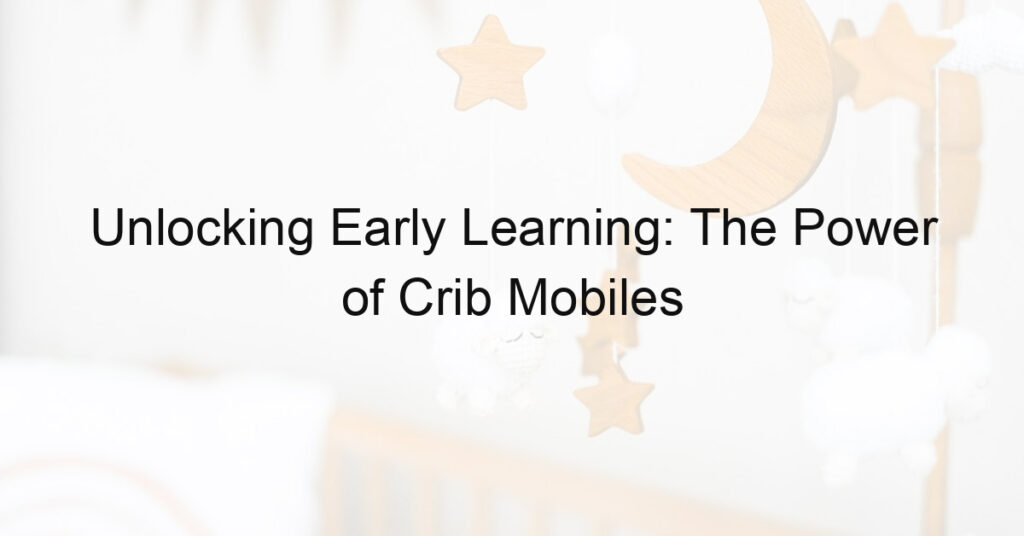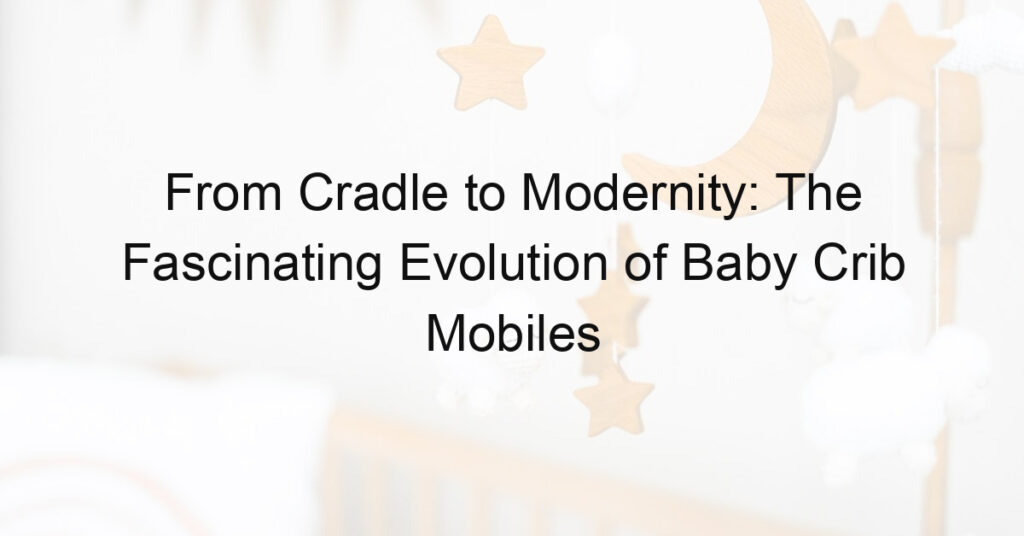When it comes to pacifier safety, the American Academy of Pediatrics (AAP) advises that parents should wait until a baby is 1 month old before introducing a pacifier.
This is because a newborn’s mouth needs time to develop and adjust to the sucking reflex.
After this age, the use of a pacifier while sleeping can be beneficial in reducing the risk of Sudden Infant Death Syndrome (SIDS).
The AAP recommends that infants under one-year-old not share their pacifiers or allow them to get contaminated with saliva or dirt.
Pacifiers should also be replaced every few months as they become worn out or cracked and may present a choking hazard.
Additionally, babies over 6 months old need close supervision when using a pacifier to make sure it is kept clean and not used too long as prolonged sucking on a pacifier can cause dental problems.
It’s important to note that using a pacifier at bedtime should not replace good sleep habits, such as having a consistent bedtime routine or sleeping in a safe environment.
Ultimately, the decision about whether or not to let your baby sleep with a pacifier is up to you. As always, talk with your pediatrician if you have any questions or concerns about your baby’s safety while sleeping.
Should I Remove Pacifier Once Baby Is Asleep?
The AAP recommends that parents should stop using the pacifier during sleep once the baby is asleep.
Doing so helps to limit any potential dental issues from prolonged use, as well as decreases the risk of choking or suffocation if the pacifier were to fall out of their mouth and become lodged in their face or throat.
Of course, if the baby begins to wake up at night crying for a pacifier you can provide one but it’s important to remove it once he has settled back down.
This will help him learn how to self-soothe and get back to sleep on his own.
In summary, the use of a pacifier can be beneficial in reducing SIDS risk when used correctly. However, it’s important to monitor your baby’s pacifier use, make sure it is kept clean, and replace it as needed.
Additionally, removing the pacifier once the baby is asleep can help prevent potential dental problems or choking hazards.
If you have any questions or concerns about your baby’s safety while sleeping, be sure to talk with your pediatrician.
How Long Can a Baby Sleep With a Pacifier?
The AAP recommends that pacifier use should be limited to nap time and bedtime.
If a baby is using the pacifier while they are awake, it’s best to take regular breaks and limit its use to no more than one hour at a time.
When used during sleep, parents should remove the pacifier once the baby is asleep as this can help reduce any potential dental issues or choking hazards.
In summary, babies can safely sleep with a pacifier for short periods but it’s essential to monitor their usage and make sure that it is kept clean and replaced as needed.
Additionally, be sure to talk with your pediatrician if you have any questions or concerns about your baby’s safety while
What Are the Side Effects of Pacifiers?
The use of pacifiers can have both positive and negative side effects.
On the positive side, it has been linked to a lower risk of Sudden Infant Death Syndrome (SIDS), as well as helping babies self-soothe and fall asleep easier.
On the other hand, overuse of pacifiers may cause problems such as dental issues, including the misalignment of the teeth, and can also lead to an increased risk of ear infections.
Prolonged use may also make it more difficult for babies to learn how to self-soothe and develop healthy sleep habits.
In summary, the use of pacifiers can be beneficial when used correctly but it’s important to be aware of the potential side effects and take steps to reduce any associated risks.
Be sure to talk with your pediatrician if you have any questions or concerns about your baby’s safety while using a pacifier
How To Help My Baby Quit Using a Pacifier?
The AAP recommends that parents help their baby gradually transition away from the pacifier by reducing usage over time.
This can be done by slowly cutting back on the number of times offered each day and eventually only offering it at nap time and bedtime until they are ready to quit altogether.
If your baby is older (over two years old) and still using the pacifier, you can try to extend the amount of time between when they receive it and when you take it away.
For example, if your baby typically receives a pacifier after waking from a nap, gradually increase the amount of time before taking it away until they no longer need or want it.
Good Luck.
